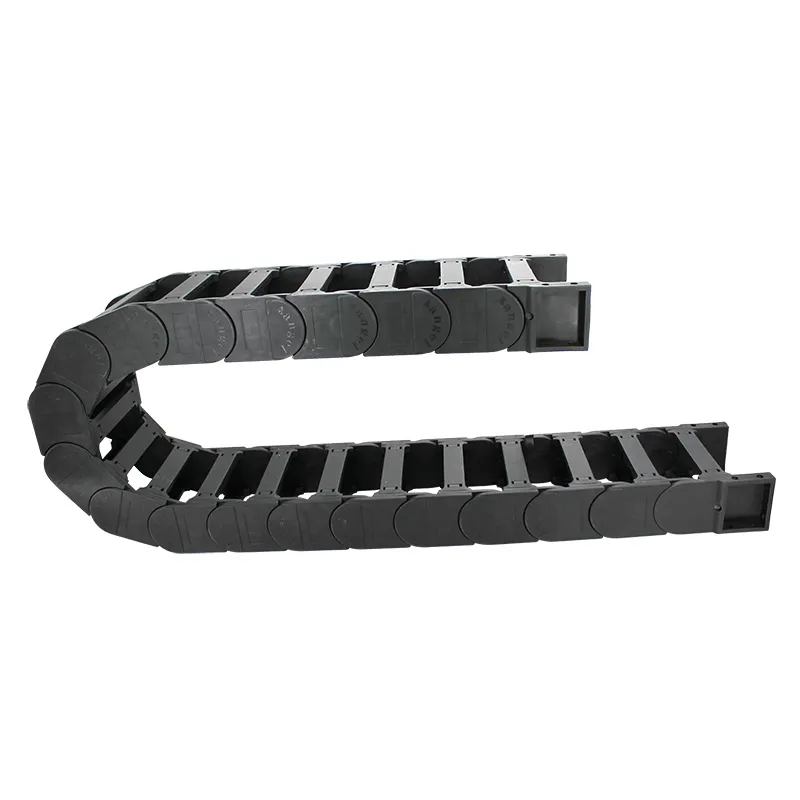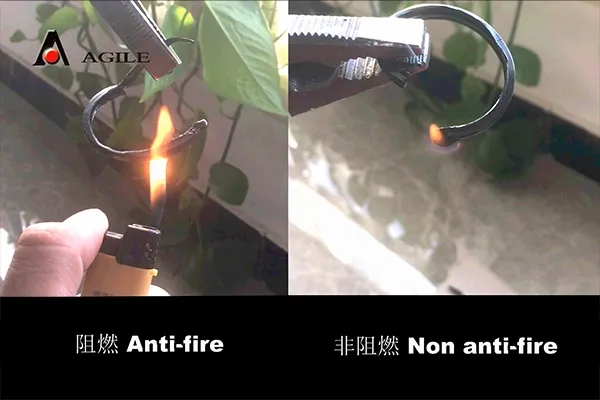10*15 mm MT small size mini nylon drag chain
The small drag chain, often overlooked in discussions of industrial automation and machinery, plays a pivotal role in ensuring the smooth operation of moving components. These compact, robust solutions have been engineered to guide and protect cables, hoses, and other flexible conduits in dynamic applications, preventing tangles, wear, and potential hazards. While appearing simple, their design and installation require a profound understanding of mechanical motion and efficiency.
The reliability and trustworthiness of small drag chains also depend on their proper installation and maintenance. Employing a “set-and-forget” philosophy can lead to ignored degradation in performance over time. Regular inspections, as advised by maintenance protocols, are essential to anticipate potential failures. Monitoring wear indicators, checking for debris, and ensuring smooth operation without restricted movement can maintain the integrity of the drag chain and the cables it protects. To illustrate, a manufacturing plant specializing in textile production managed to substantially cut their annual maintenance costs by instituting a quarterly inspection routine for their drag chains. This proactive approach not only prevented unscheduled halts in production but also streamlined their operational efficiency by addressing minor issues before they escalated. In conclusion, the small drag chain may seem like a minor component within larger machinery systems; however, its role in safeguarding the functionality of cables and hoses is invaluable. By selecting the right materials, ensuring proper installation, and adhering to regular maintenance schedules, businesses can significantly enhance their operational longevity and efficiency. Investing in high-quality drag chains and respecting their engineering fundamentals underscores a commitment to minimizing risks and maximizing productivity in any industrial setting.


The reliability and trustworthiness of small drag chains also depend on their proper installation and maintenance. Employing a “set-and-forget” philosophy can lead to ignored degradation in performance over time. Regular inspections, as advised by maintenance protocols, are essential to anticipate potential failures. Monitoring wear indicators, checking for debris, and ensuring smooth operation without restricted movement can maintain the integrity of the drag chain and the cables it protects. To illustrate, a manufacturing plant specializing in textile production managed to substantially cut their annual maintenance costs by instituting a quarterly inspection routine for their drag chains. This proactive approach not only prevented unscheduled halts in production but also streamlined their operational efficiency by addressing minor issues before they escalated. In conclusion, the small drag chain may seem like a minor component within larger machinery systems; however, its role in safeguarding the functionality of cables and hoses is invaluable. By selecting the right materials, ensuring proper installation, and adhering to regular maintenance schedules, businesses can significantly enhance their operational longevity and efficiency. Investing in high-quality drag chains and respecting their engineering fundamentals underscores a commitment to minimizing risks and maximizing productivity in any industrial setting.








